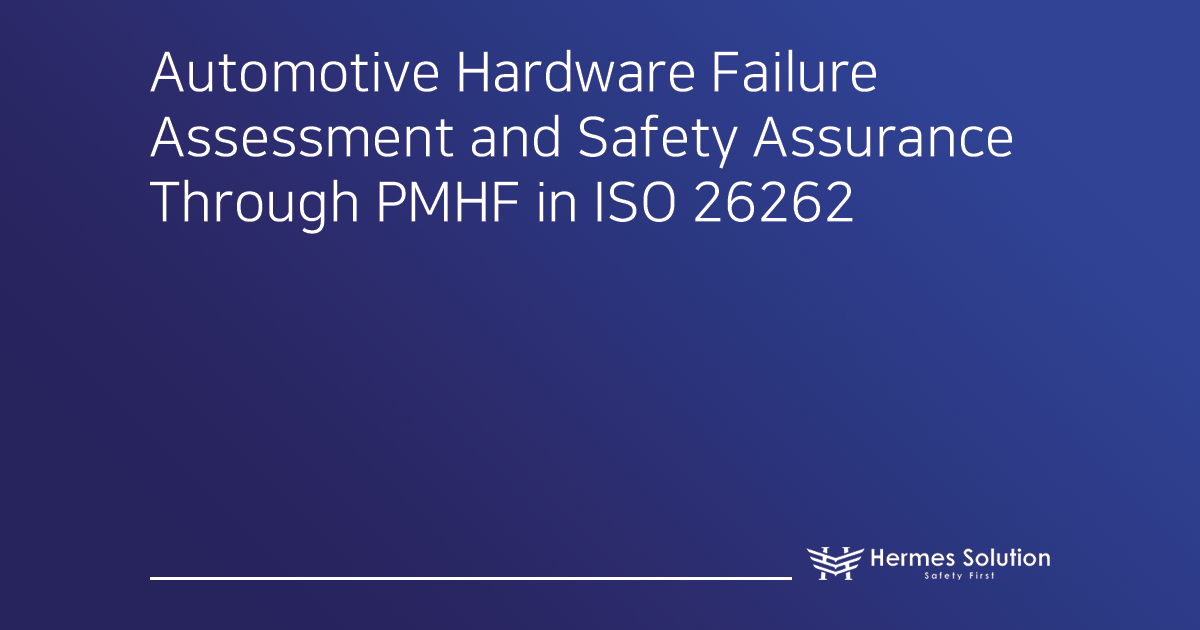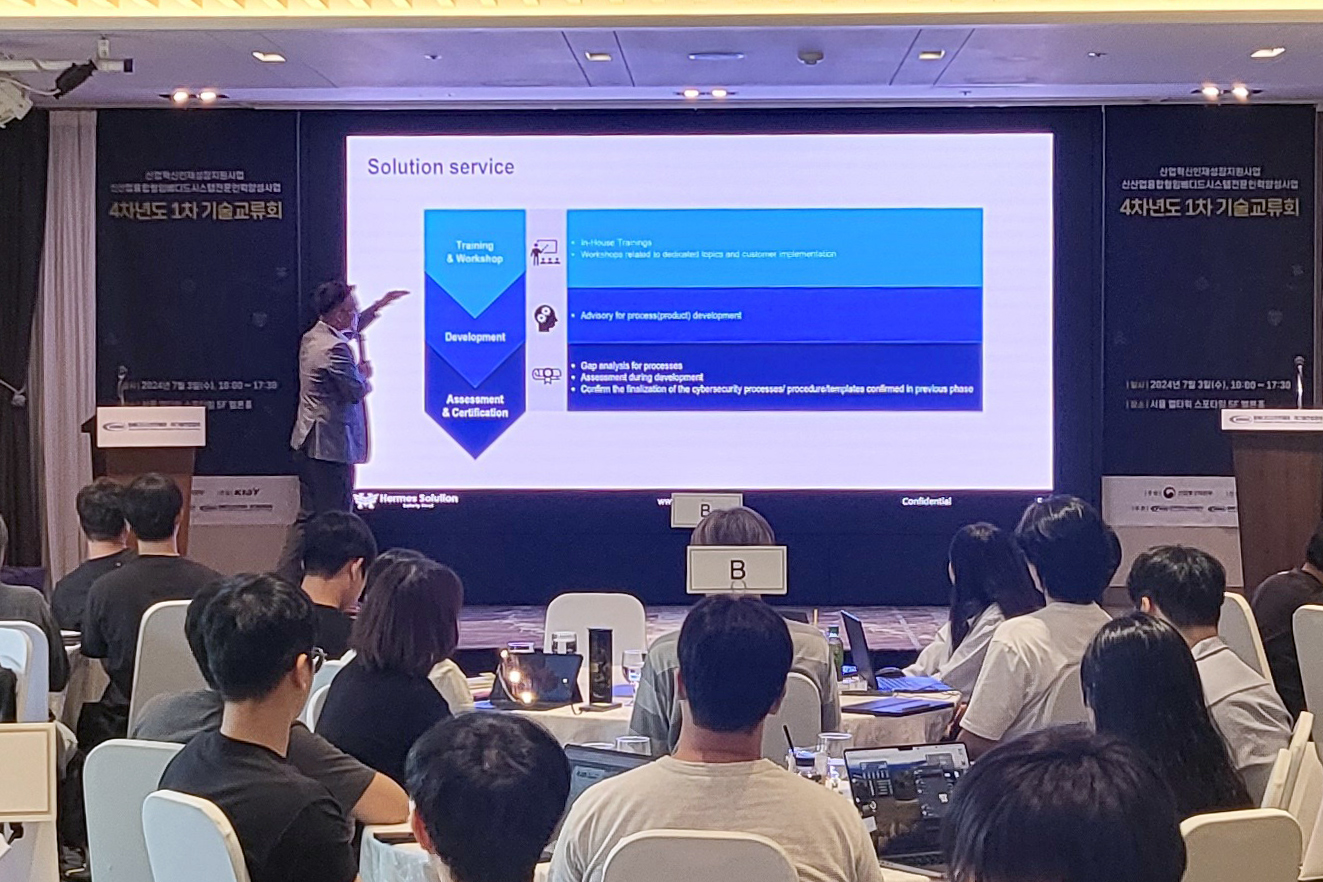Hello, engineers! This is Hermes Solution. Today, we will explore automotive cybersecurity technologies used to ensure the safe driving of vehicles. Modern vehicles have complex electronic systems, making it essential to implement security technologies for protection. Let’s take a closer look at important security technologies and the Defense in Depth strategy in automotive cybersecurity!
Importance of Automotive Cybersecurity
As vehicles become more reliant on electronics, the role and importance of software have significantly increased. This development highlights the need to protect internal vehicle systems. In automotive security, it’s not just about defending against external attacks, but also maintaining the integrity of internal systems and providing a secure execution environment. To achieve this, automotive cybersecurity technologies are applied across various layers.
Defense in Depth Strategy
Defense in Depth is a multi-layered security strategy for automotive cybersecurity. A single security device can be easily breached, so multiple layers of security are applied to ensure that weaknesses in one layer are compensated by the others. This multi-layered security approach makes vehicles more secure against external threats.
Identifying Assets and Threats
To protect vehicles, it is essential to first identify the assets that need protection. Modern vehicles can be divided into external communication, internal communication, and controller areas. The automotive cybersecurity threats that can arise in each area include:
External Communication: Threats can arise from accessing the vehicle’s systems through external communication interfaces such as USB or OBD ports. This includes threats like information leakage, spoofing, and replay attacks.
Internal Communication: Threats such as accepting untrusted messages, eavesdropping, and message tampering can occur within the internal network.
Controllers: Threats like firmware tampering or installing malicious software can compromise the vehicle’s system.

Automotive Cybersecurity Technologies: Secure Access, Secure Flashing, Secure Boot, and HSM
Various cybersecurity technologies are used to secure vehicle systems from the aforementioned threats. These technologies are applied across different layers to protect the vehicle. The types of technologies are as follows:
Secure Access: Secure Access controls and authenticates access to external communication devices or diagnostic tools. This technology ensures that unauthorized external devices cannot access the internal vehicle system. For example, if there is an attempt to access the vehicle system through the OBD port, Secure Access authenticates the device and restricts access to only authorized devices.
Secure Flashing: Secure Flashing is a security technology that verifies and guarantees the integrity of the software being updated during the software update process. It ensures that only trusted and unaltered software from the manufacturer is installed, enhancing the vehicle’s cybersecurity.
Secure Boot: Secure Boot ensures that software is safely loaded during the system’s booting process. It checks the integrity of the software during the boot-up process and only allows authorized software to run, protecting the system from malicious code. This helps maintain the initial security phase of automotive cybersecurity.
HSM (Hardware Security Module): HSM is a hardware security module that plays a crucial role in the internal vehicle system. It provides functions such as encryption, digital signatures, integrity verification, and secure key management to protect internal system data. HSM is a core technology in automotive cybersecurity and ensures secure data storage and a trusted execution environment within the vehicle.
Building a Secure Platform with Layered Security
To ensure automotive cybersecurity, a layered security approach is necessary. Secure Access, Secure Flashing, Secure Boot, and HSM technologies work together to protect internal vehicle systems. A system where all these technologies are integrated is referred to as a “Secure Platform.” This secure platform is a key element in ensuring the safety of both the driver and passengers.
The Role of Automotive Cybersecurity in Safe Driving
Cars are no longer just a means of transportation; they have become “moving smartphones” with complex electronic systems. As a result, the importance of automotive cybersecurity continues to grow. Various security technologies, including HSM, ensure the safety of the internal vehicle system and protect the vehicle from external threats.
The Defense in Depth strategy and various automotive cybersecurity technologies introduced today are essential for ensuring that your vehicle operates safely. By understanding automotive security, you can help create a safer driving environment.
Automotive cybersecurity is not an option but a necessity for safer vehicles!











